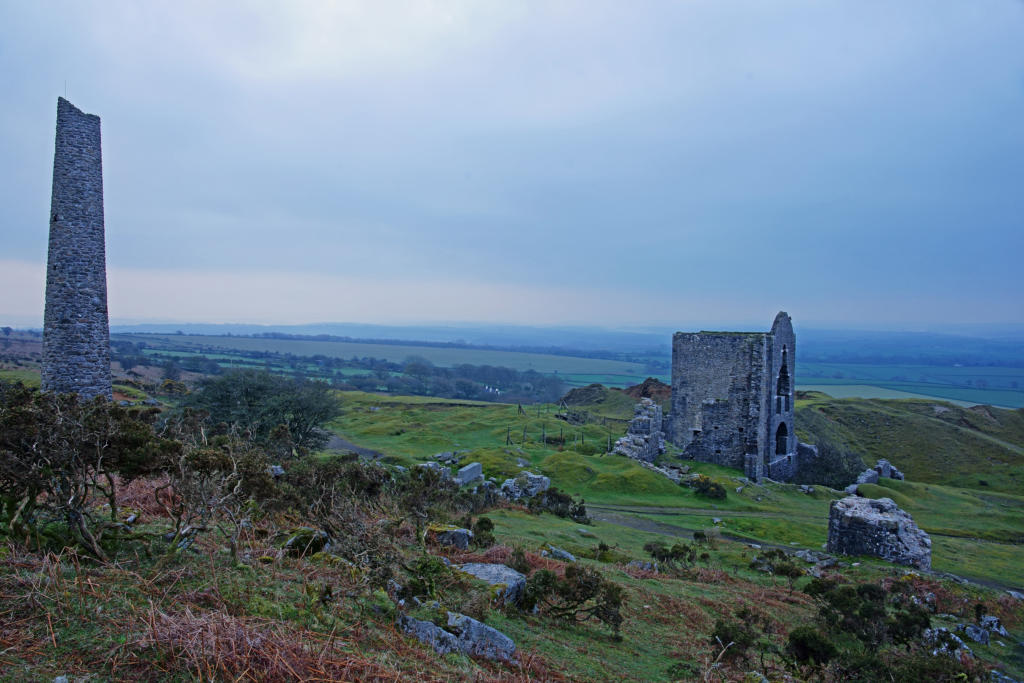
Paul Raglan, Managing Director, Mining Searches UK explains why mining searches are important for developers and land investors.
The UK once played a starring role in producing some of the world’s most valuable fossil fuels and minerals, and while production in the UK is not as prolific as in the past, mines continue to leave a legacy on the land today. Historic mines have the potential to impact today’s developers, and if not identified early on during a project, could not only put a development at risk before construction even begins, but can also wipe thousands off a land’s value.
Mining searches are crucial in today’s property and land markets, and while often seen as an inconvenience, can play a vital role in not only mitigating risk and negotiating best price, but can be a fundamental factor during development design.
Damage Limitation
To ensure land is purchased and sold at the best price, it can prove valuable to know the finer workings of the area in question, given sizeable sums of money are often at stake. Developers aware of land with known mines present, can potentially negotiate value down considerably – but only if they are willing to invest in further investigations and remediation. Once completed, this can potentially propel value up by over 100% dependent on location.
Mining searches are important even for areas where there are no obvious signs of mining as closed mines leave very little, if any, evidence on the surface, but still have the potential to cause major problems if not investigated.
Mine workings commonly run long distances beneath the ground from mine shafts and extend beneath land that is due to be developed – as well as existing residential properties. These shafts and tunnels could potentially cave in if not properly dealt with, causing subsidence and damage to buildings above them – so it’s important that this is addressed before this situation arises.
Design Matters
Where a mine search or mining site investigation has confirmed the presence of mining features within a development, an architect can design appropriately to minimise the cost impact for the developer. For example, siting a proposed dwelling away from a mine shaft can have a positive impact on foundation design. Remediation costs for the shaft can also be potentially minimised.
Mine features can also dictate the location and extent of drainage design, as well as assessing the impact on adjacent property in terms of flood risk assessment. For large developments, where a site might be affected by mining in only part of the site, this information can help with potential construction phasing of a development.
There are also environmental issues associated with old mine workings. Topsoil containing elevated concentrations of naturally-occurring elements such as arsenic may be present, which can dictate where various developments can or can’t take place.
For example, areas with arsenic present are usually not suitable for home gardens or parks but are safe when surfaced with concrete, and can be used for car parks, playing fields or roads. Identification of these areas is key to not only minimise land wastage, but this information can better inform early development designs and plans, putting every available space to best use.
Employ the Experts
Before any negotiations, plans or exchanges take place, it is crucial to call the experts in. A team of specialists will check all available archived records of the land and surrounding areas – including Aerial surveys and Ordnance surveys, town plans, estates and maps, as well as using research from mining historians.
In the worst-case scenario, where investigation confirms the presence of mining features, property can be rendered unsuitable for mortgage and available for cash purchase only, often with a commensurate drop in value. It is always wise for developers of new communities to eliminate the risk of this happening from the start by ensuring that thorough mining searches have been conducted on any piece of land due for development, and not just those earmarked for residential areas.
Some developers purchase land direct from construction or remediation companies, which have already taken steps to address mining concerns – including remediation – leaving developers free to press on with their plans. However, developers need to ensure that a trusted and industry recognised mining search organisation has been used by the seller, as well as requesting all certificates to ensure that the land is completely safe for commercial or residential construction.